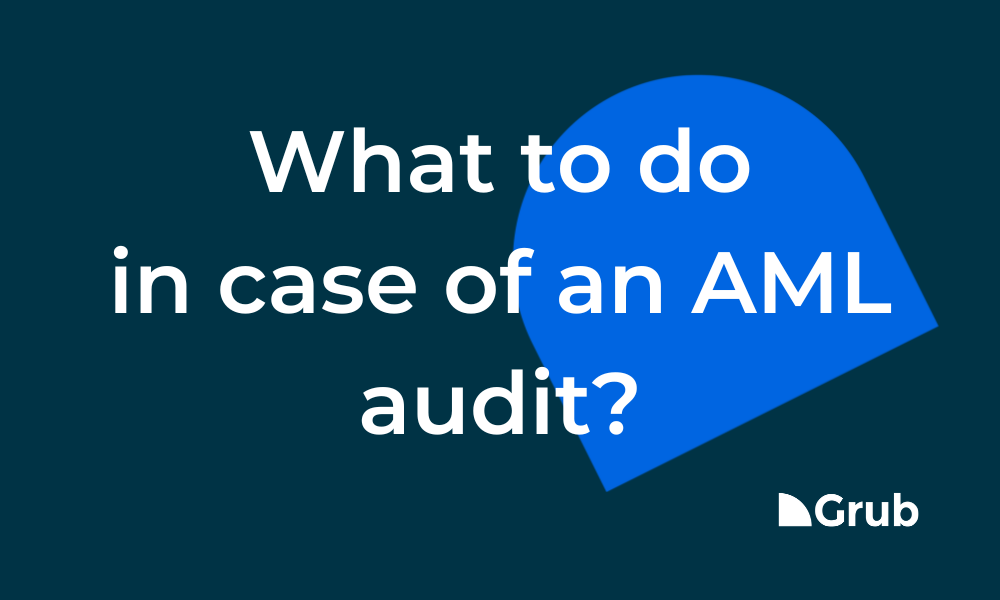Picture this: the Anti Money Laundering (AML) guidelines are following each other faster and faster and are becoming stricter every time, financial criminals are becoming more inventive and creative, crypto currencies have made their appearance, making control even more complicated, and then there is Covid 19, which places another additional demand on Compliance Departments that are already overcrowded. Challenges and hurdles everywhere. It makes the daily Compliance practice so complex that the existing solutions and tools for -for example- transaction monitoring are insufficient to do it properly.
We asked several stakeholders in the industry: what are the five most frequently heard pain points? And then: is there a solution?
On 5: the increasing regulation
There was a decade between AMDL 3 and AMDL 4. Only 12 months between AMDL 4 and AMDL 5. And ping: there is AMDL 6 again. This will not change for the foreseeable future. Especially because the ‘catch me if you can’-race between the regulators and financial criminals is accelerating. Financial criminals who are constantly changing tactics and becoming smarter and smarter. The challenge of keeping up with these financial criminals is enormous. This pressure is on the authorities, but through them it is also placed one on one on financial institutions. A great responsibility.
On 4: The false positives
It remains annoying, 70, 80, sometimes even 90% false positives. Impracticable and unworkable, especially in view of the increased regulations.
On 3: the overload of AML resources
We spoke to the CEO of a Financial Institution and he said, “We have three hundred people working for us. One hundred of them are working in on AML. Completely grown obese. It’s absurd of course, but I don’t see a solution.” It’s an often heard complaint and a major problem. Especially because an expanding Compliance department leads to sky-high costs, while it does not also mean that the work is done better (read: AMDL-proof). Look at the ever false positives, and maybe even more: at the blind spots.
On 2: the blind spots
A Compliance Officer we spoke to made a clear metaphor: “I always compare it to the highway. What we can handle is this: we follow one busy highway very closely, we do it fairly well, we have a spot on overview, so no blind spots. But to be really honest with you: when I zoom out, besides the one road I follow, I suddenly see a matrix of roads, A-roads, B-roads, C-roads, countless roads, incalculable with our current transaction monitoring capacity: blind spots all about.” It remains a major pain point for many in this industry.
On 1: personal liability and reputational damage
Someone said, “It’s a dramatic shift.” And it really is. It applies to all financial institutions, not only to banks, but also, for example, to accountants and civil-law notaries: since AMDL 6, not meeting the AML guidelines can be charged personally, and you can therefore also be prosecuted personally (the first processes have already been to put in motion). In addition, even though you have not been working for the organization for a long time (like former directors and shareholders), you can still be prosecuted years afterwards. And what it makes even more complex (and more bitter) is the ‘benefit of hindsight’: the regulator can look back and therefore judge afterwards, while directors and compliance officers must know in advance whether they are doing the right thing or not. A truly “dramatic shift”.
It means that you must have all control mechanisms in order in advance, human errors or omissions are actually no longer possible, and decisions must be accurately recorded –for later-, in any case to provide insight into the decision-making process, even if it may have been a wrong decision.
It requires a different way of thinking, a different way of working, a new standard in Transaction Monitoring.
The new standard in Transaction Monitoring
The question is: is there a solution that tackles and resolves the above pain points? Yes there is, CW360. According to one of the compliance officers we spoke to, the most important notion is: “Machine learning and artificial intelligence is inevitable.” And so it is.
You can make your compliance department even bigger, but that does not solve the many challenges. Machine learning is the way to go. It’s not only more cost-effective, it is also the answer to all the pain points mentioned above. Moreover, it’s future-proof, it is the way to be sure that you will continue to comply in the future, without a lot of weird efforts. Agility may be a platitude, it definitely applies to the future of Transaction Monitoring.
We say it for a reason: CW360 with machine learning is the new standard in Transaction Monitoring and KYC. For anyone in the financial world who understands what it takes to meet the current and future AML challenges and AML Directives. For anyone who understands the importance of a good night’s sleep.
CW360 is ComplianceWise’s premium solution for SME banks and alternative financial institutions. Would you like an introduction about CW360, and see how it helps you today and prepare you for the future, you can make an appointment here with Christiaan Dappers, CEO of ComplianceWise.









